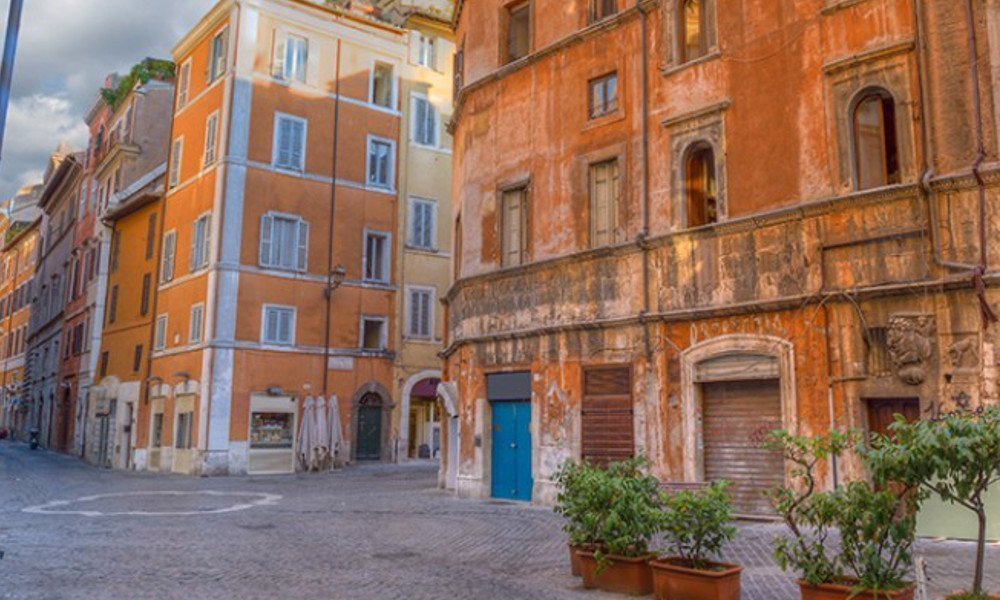Rome's first Jewish settlers
Rome’s first Jews arrived in the 2nd century BC, brought over as slaves from the Eastern Mediterranean. Establishing their roots in the city, they lived alongside their pagan neighbors, never particularly comfortably because of differences in worship and customs, but, for the most part, not openly hostile either.
One thing that separated Rome's pagan and Jewish citizens was their respective burial traditions. While cremation was common practice among Rome's pagans, Jewish law mandated that the dead should be buried.
Hence, along the Appian Way, we have some of the oldest
Jewish Catacombs, the Vigna Randanini, which between the 2nd and 5th centuries BC became the eternal resting place of several thousand Jews.
The fall of the Roman Empire brought with it the decline of paganism and the ascendancy of Christianity. For centuries, Rome’s Jewish and Christian communities co-existed just as forefathers had done before.
A mistrust of the Jews’ 'otherness’ bubbled away beneath the surface, however, and with the election of Pope Paul IV in 1555, this mistrust became converted into policy.
The creation of the Jewish Ghetto
On July 22, 1555, Paul IV issued a papal bull (edict) known as the cum nimis absurdum.
Named after its first three words, which refer to the absurdity of the Jews being able to retain their rights and continue living as an independent community, the bull placed restrictions on all aspects of Jewish life. It affected the Roman Jews' religious, legal, economic, and - in terms of where they could live - physical rights, immediately rendering them second-class citizens.
Paul IV’s edict set in motion the establishment of the Jewish Ghetto of Rome: a walled area near the often-flooding Tiber where the city’s 2,000-or-so residents would be forced to reside. Conditions were cramped and living conditions squalid. To rub salt into the wounds of their persecution, the Jews were made to pay for the construction cost of the wall built to contain them.
Because Jews were forbidden from working all but the most basic of jobs, the Ghetto’s inhabitants were incredibly poor. On the rare occasions they were granted permission to leave the Ghetto, men would be made to wear pointed yellow hats and women a yellow veil - the same clothing worn by the city’s prostitutes.
The humiliation didn’t stop there. Every year, the Jews would have to petition for permission to continue living in the Ghetto. What’s more, every year they would have to make the short journey to the
Roman Forum to swear an oath of allegiance to the Pope beneath the
Arch of Titus - a symbol of their ancient subjugation.
Because the Ghetto was so built up, the area was dark and damp, rarely warmed by the Roman sun. Whenever the Tiber flooded it brought with it the risk of disease, and on many occasions deadly pestilences ravaged the Jewish Ghetto.
In 1656, for example, 800 of the Ghetto’s 4,000 inhabitants succumbed to the plague - their proximity to one another sealing their death warrants.
Only in 1882 did the Italian State formally abolish the Jewish Ghettos across the country and only in 1888 were the walls of the Jewish Ghetto in Rome torn down for good. The watercolor below, painted by Ettore Roesler Franz, dates to around 1880, and shows conditions in the Jewish Ghetto during the death throes of its existence.







